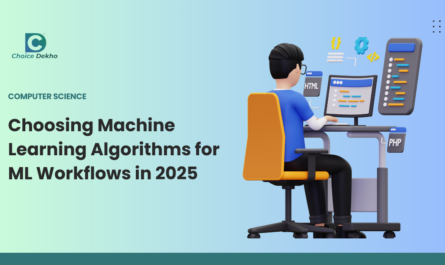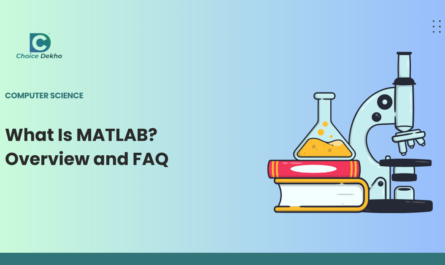In today’s tech-driven world, the debate between traditional programming vs machine learning is more relevant than ever. So traditional programming is about developers writing instructions that tell computers what to do, but with machine learning, systems learn given data patterns without having to be explicitly programmed. This raises the question: Which one is more effective, though?
Understanding Traditional Programming
In most programming, developers wrote rules and instructions for the computer to run, but manually. For tasks with clear deterministic logic, this approach is straightforward and effective.
The Rise of Machine Learning
However, machine learning means that systems are able to learn from data. Machine learning algorithms analyse large datasets and make predictions without the use of explicit programming for each scenario. This is quite helpful with complex problems like image recognition, natural language processing and predictive analytics.
Key Difference Between Machine Learning And Traditional Programming
| Aspect | Traditional Programming | Machine Learning |
| Approach to Problem Solving | Requires explicit rules and logic set by the programmer | Learns patterns from data and makes decisions or predictions |
| Data Dependency | More data-independent; output relies on predefined logic | Highly data-driven; performance depends on data quality and volume |
| Flexibility and Adaptability | Requires code updates for changes in the problem domain | Adapts to new cases when retrained with updated data |
| Problem Complexity | Suitable for deterministic logic problems | Effective for complex problems without clear patterns or relationships |
Approach to Problem Solving:
● Traditional Programming: It requires explicit rules and logic put in place by the programmer.
● Machine Learning: It learns the patterns from data and makes decisions or predictions based on it.
Data Dependency:
● Traditional Programming: More data independent; output quality depends only on the logic it is defined with.
● Machine Learning: Very much driven by data; performance is greatly dependent on the amount and quality of data.
Also Read: Choosing Machine Learning Algorithms for ML Workflows in 2025
Flexibility and Adaptability:
● Traditional Programming: Not able to change easily; need to update the code whenever the problem domain changes.
● Machine Learning: It provides greater adaptiveness towards the newly observed cases if the model is retrained with the latest data.
Problem Complexity:
● Traditional Programming: Good for problems of obviously deterministic logic.
● Machine Learning: Dealing with complex problems in which there are no patterns and relationships.
Choosing the Right Approach
Deciding between machine learning vs traditional programming depends on the task at hand. Traditional programming is suitable for problems where rules and logic are quite defined. But for problems that are data driven, machine learning is a much better alternative for complex ones in which patterns aren’t immediately apparent..
For a deeper understanding of machine learning, the Machine Learning Foundations: A Case Study Approach course offers an excellent introduction, covering essential concepts and practical applications in this evolving field.
Conclusion
The difference between traditional programming and machine learning lies in their approach to problem-solving, data dependency, flexibility, and the complexity of the problems they are best suited to address. By understanding these differences, we should be able to select the most appropriate method for a given task.




